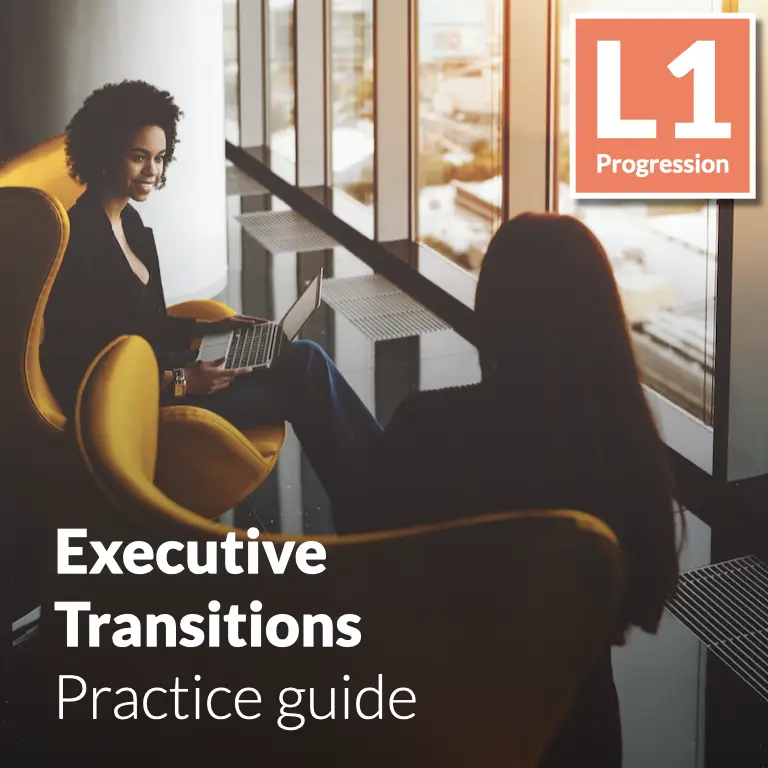Enjoy instant access to a scalable system of proven practices and execution-ready tools. Built to launch strategic HR programs 5X faster!
✓ Enjoy platform access
✓ Create your HR roadmap
✓ View open content in library
✓ Access dozens of practices:
⤷ The HR Strategy program
⤷ Explainers and deep dives
⤷ Supplemental guides
⤷ Insight articles
⤷ Weekly best practices
⤷ And more!
100% Free. No credit card required.
Building relationships within an organization is important at any level, but it takes on a deeper level of criticality when discussing an executive level. The benefit of starting in a new position is that many people expect an executive to reach out to start building those relationships. It also presents an excellent opportunity to continue to understand and pressure-test key priorities from multiple perspectives. This focuses on identifying a strategic group to interview and synthesizing key takeaways from those conversations.
Part of an executive’s first task when beginning a new role is understanding the landscape of the people around them. There are many different subsets of colleagues that an executive should be looking for, including:

Enjoy instant access to a scalable system of proven practices and execution-ready tools. Built to launch strategic HR programs 5X faster!